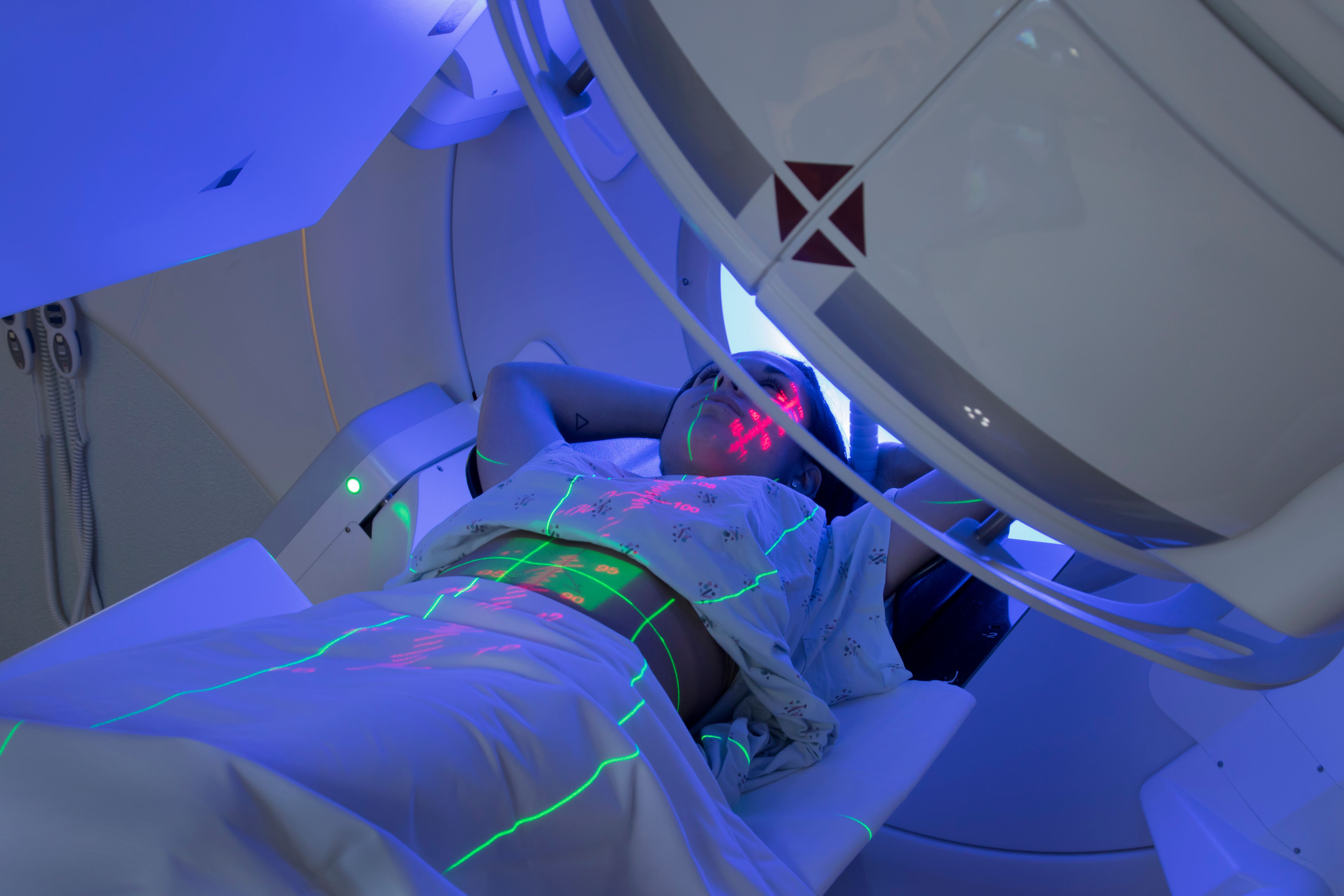News
Article
‘Peace of Mind’ for Patients with Breast Cancer Subset Skipping Radiation
Author(s):
Skipping radiation therapy for patients with a subset of breast cancer offers them a ‘peace of mind,’ an expert stated.
Certain patients with breast cancer may be able to forego radiation therapy, recent research found.

Radiation therapy may be unnecessary for some patients with early-stage, low-risk breast cancer, experts have found.
Patients with breast cancer who have tumors smaller than two centimeters, have no sign of lymph node spread, are estrogen receptor-positive, and are on hormone therapy do not need to undergo radiation therapy, according to Dr. Torsten Nielsen, a clinician scientist and professor of pathology at the University of British Columbia in Vancouver, British Columbia, Canada.
Nielsen — co-author of a study on omitting radiotherapy after breast-conserving surgery, results of which were published this month in The New England Journal of Medicine — added that patients who do not need radiation therapy also include those with Luminal A, a subset of breast cancer that is estrogen receptor-positive, progesterone receptor-positive, HER2-negative and has low levels of the Ki67 protein. This subset of breast cancer also means less than 14% of the tumor cells are growing, Nielsen found. These individuals are considered to be patients with early-stage, low-risk breast cancer.
Typically, patients with early-stage, low-risk breast cancer have breast-conserving surgery to remove the cancer. After recovering from the surgery, patients receive adjuvant radiotherapy (radiation) for four to five weeks, Monday through Friday, Nielsen described. Following radiation, patients receive oral endocrine therapy for several years.
However, patients with early-stage, low-risk breast cancer now receive breast conserving surgery and subsequently receive endocrine therapy without radiation therapy. Nielsen established that in order to safely omit radiation, patients must have Lumina A breast cancer, which is defined by a Ki67 molecular test that helps assess tumor growth and have a low-risk clinical status simultaneously.
Nielsen said that omitting radiation therapy also means patients can save more time.
“It gives them a month and a half of their life (back) when they’re not going to have to go to these appointments,” Nielsen said during an interview with CURE®. “They can sort of feel that they’re done (with) their local therapy and feel confident that the tumor in their breast and all those tumor cells have been safely removed and all killed off.”
More importantly, skipping radiation therapy also means helping patients’ mental health.
“The real benefit is peace of mind, as well as having a lot of their life back, at a time when they've just gone through an incredibly stressful experience,” Nielsen emphasized. “And they'll be able to spend that time maybe with their family or doing other things that maybe they decided they really wanted to do after they received this devastating diagnosis. And I think that gives it will help their mental health as well as their physical health.”
Previously, with the traditional treatment of radiation therapy, Nielsen noted that there are some short- and long-term side effects that can be harmful to patients. In the short-term, those included contractures (hardening of tissue, muscles or tendons, which may lead to scarring) and skin damage, which Nielsen described as “a really bad sun burn.”
In the long-term, Nielsen stated that if the left breast receives radiation, there is a risk of the heart being exposed to some of the radiation, meaning there could be a high risk of heart damage, such as congestive heart failure, in the future.
“There is also a very small risk of secondary cancers that radiation can induce,” Nielsen mentioned. “This is a very small risk, but it’s not zero.”
For more news on cancer updates, research and education, don’t forget to subscribe to CURE®’s newsletters here.




